Lawn Care: The Complete Guide E-book
Lawn Care: The Complete Guide has been written to help you get the very best from your lawn. Each chapter is summarised below, and the full e-book is available to download as a PDF at the bottom of the page.
Introduction
Lawn maintenance scheduling
The turf trouble-shooter
The Maintenance procedures
Lawn establishment
Influences detrimental to turf growth
Organic matter
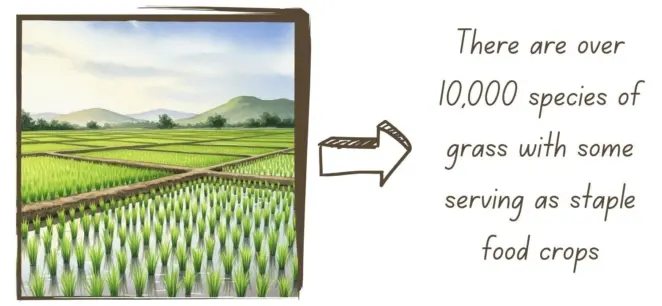
Introduction
Grasses are very diverse with around 620 types of grass groups and 10,000 species found in the world. They grow in different climates and are used for many purposes. Some, like wheat and rice, are staple food crops, while others are used for aesthetic, sport, or recreational reasons.
Beyond beauty, grasses offer benefits like oxygen production, soil stability, and encouraging people to spend more time outside.
In the UK, the most common way we manage grass is in our lawns, but despite this, lawn care is often overlooked.
Lawn Maintenance Scheduling
A well-kept lawn is dense, has a vibrant colour, grows quickly, and can tolerate wear and tear.
To achieve this, basic tasks like mowing and watering your lawn may not be enough. Instead, having a good maintenance routine that involves feeding, aerating, scarifying, and managing weeds, moss, and diseases, is key to long-term grass health and development.
There are general guidelines for when to carry out each task. However, instead of following a strict schedule, it’s better to adjust these based on your lawn’s current condition and local weather.
With consistent care and good timing, anyone can create a resilient lawn that thrives in all conditions.
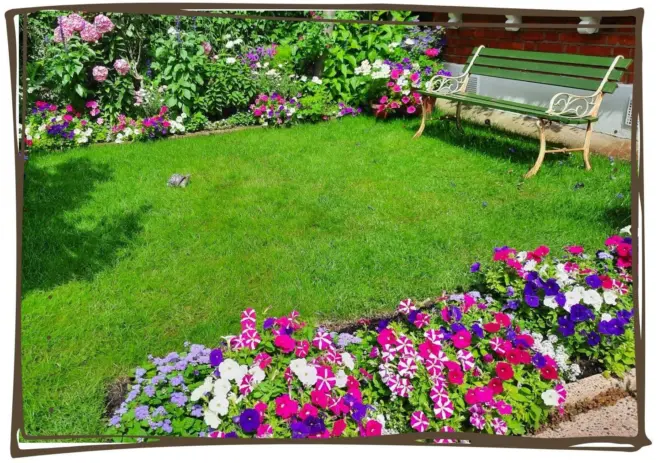
The Turf Trouble-Shooter
Lawns can develop multiple problems over the years. Being able to identify these and what is causing them will allow you to keep your turf healthy and looking its best.
Some of the most common issues include dead or dry grass patches, yellowing, sparse growth, cracks in the soil and turf, and scalped turf.
Dead or dry patches could be a result of thatch build-up, too much sun exposure, pest infestation, animal urine, or heavily compacted soil.
Grass yellowing may be caused by mowing too infrequently or the mower height being too low.
Sparse growth is often caused by heavy shade, moss and weed infestation, or using too much fertiliser.
Cracks in the soil can suggest that it has not been watered correctly.
Scalped turf points towards incorrect mowing height or an incorrect mower being used for the type of terrain that your garden has.
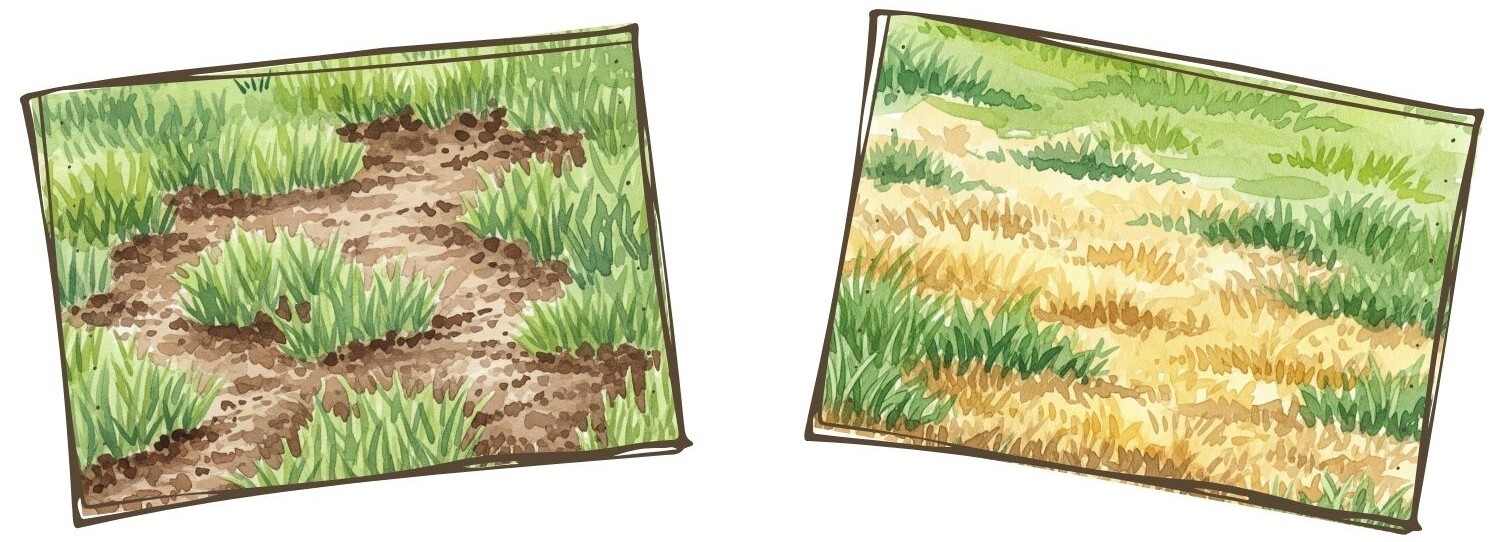
The Maintenance Procedures
Many lawns will initially look fantastic after laying or sowing, but with time the wear and tear, weeds, and diseases can take a toll on their wellbeing and appearance. To avoid this, ongoing maintenance is crucial.
Choosing the right grass type is an important first step. Texture, appearance, durability, and shade tolerance should all be considered. For example, using a sun-loving variety in a shaded area will result in poor growth and patchy coverage.
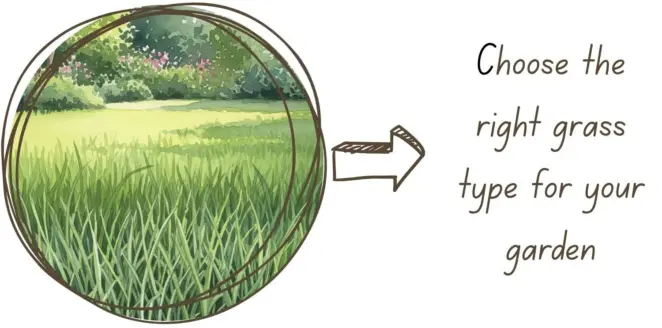
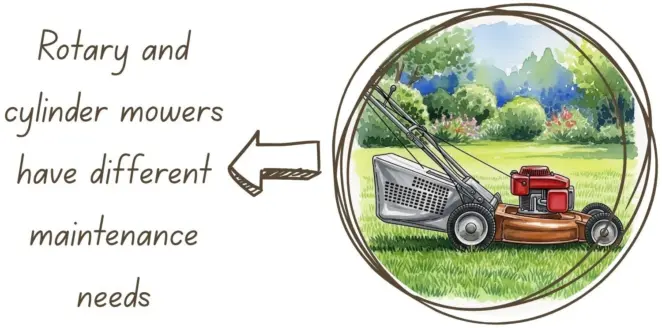
The choice of mower also plays a key role. Mowing is the most frequent and fundamental lawn care task. Whether you use a rotary or a cylinder mower can impact both the finish and the ease of upkeep. Selecting the right type based on your lawn’s needs and terrain can make a big difference.
Correct mowing technique is equally important. Avoid cutting too much of the grass leaf at once and never mow when the lawn is wet. Improper mowing can lead to issues such as ribbing, skinning, scalping, or hover scalping.
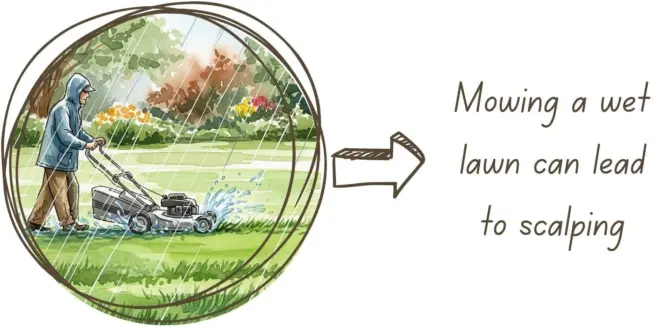

Fertilising is another key aspect of lawn care. It helps replace nutrients lost from the soil. Leaving grass clippings on the lawn after mowing can reduce the need for frequent fertilisation.
Other essential tasks include scarification, aeration, and adding top dressing. These should be done once or twice a year to remove thatch, relieve soil compaction, and improve soil structure.
Lawn Establishment
Creating a healthy and long-lasting lawn starts with careful preparation of any site – whether laying turf or sowing grass seed. This should be done as long as possible in advance, ideally a month, to allow the soil to settle.
Grass seed is more affordable when compared to turf and allows greater flexibility as the right seed mix can be chosen to suit your garden.
However, it can take up to six months to establish and the birds may eat the seeds before they have a chance to sprout.
There is also a risk of the seeds being ‘washed out’ during heavy rain. For best results, the seeds should be sown in spring or autumn. However, this can also be done in the summer if watered frequently enough.
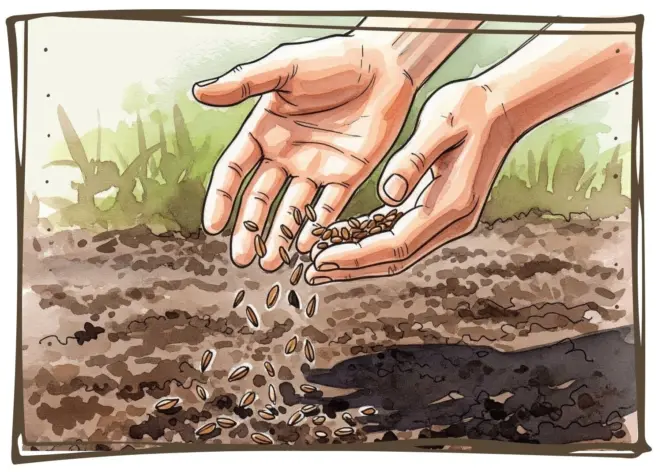
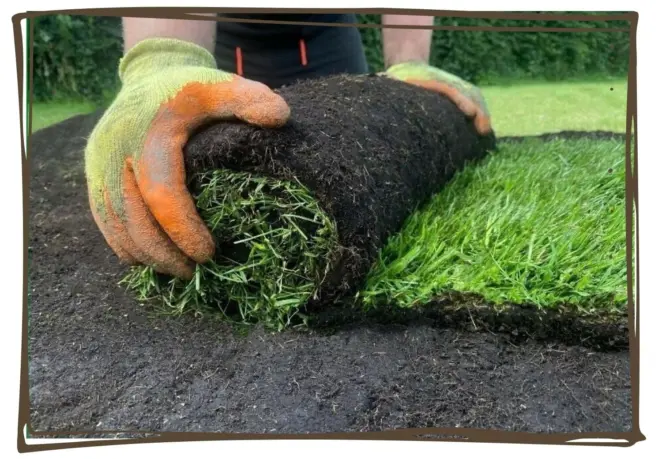
Turf gives your garden an instant result and can be laid at almost any time of the year - during the colder season, the leaves will stay dormant, but a root system will still develop.
Different turf is grown using different seed mixes too, allowing you to choose the right one for your garden and the conditions it offers.
Influences Detrimental to Turf Growth
Even with the best care, unwanted guests such as moss, black layer, algae, diseases, pests, and weeds can be detrimental to turf growth.
Moss, while a beautiful plant on its own, can ruin your lawn’s aesthetic, make mowing harder, and compete with your lawn for nutrients. The favourable conditions for moss to develop include high levels of thatch, compacted soil, and shade. To control it, it's best to prevent these conditions from occurring in the first place, not allowing moss to settle, or using chemicals if necessary.
Sometimes, a black, foul-smelling band appears in the soil, known as black layer. If not treated, it suffocates grass roots, causing your lawn to die. The condition is most likely to happen in heavily maintained sandy soil and can be controlled by regularly aerating your lawn to increase oxygen levels.
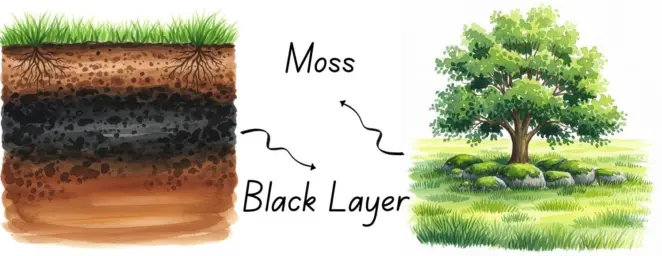

Algae looks like a green layer that can form on any exposed surfaces, such as bare soil or in-between any thinned-out grass areas. While it will disappear as soon as the area is overseeded and the new grass is established, it can be very dangerous to walk on since it can be very slippery. Chemical control is also available, with ‘dichlorophen’ or sulphate of iron being most effective.
There are multiple lawn diseases that can be detrimental to turf too. From the fairy ring to rust and leaf spot, it's important to spot them early and know how to treat them to keep your garden healthy. Depending on the disease, natural or chemical treatments may be best.
Pests like earthworms, chafer grubs, and leatherjackets can have a negative impact on your grass too, and some of them may even be mistaken for a disease at first. Each pest infestation may require a slightly different treatment and many chemicals used to control them are banned or limited. Because of this, having a good lawn care routine is often the best way to prevent them.
Any unwanted plants in your lawn are likely to be weeds. If not treated, they can end up competing with your turf for sunlight, water, and nutrients. From a daisy grubber to herbicides, there are multiple ways these can be managed.
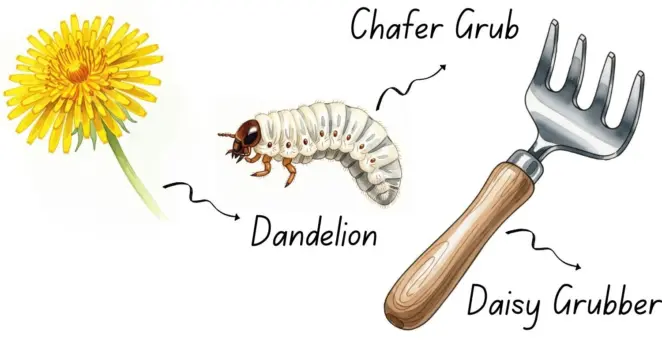
Organic Matter
All soils have organic matter as it is created from dead roots, grass leaves, sticks, or anything else that lies on top of the soil long enough.
Bacteria and fungi help to break these down over time, turning them into humus. Humus is rich in nutrients, improves the soil’s structure, and increases the soil’s water-holding capacity. This makes it easier for your lawn to thrive.
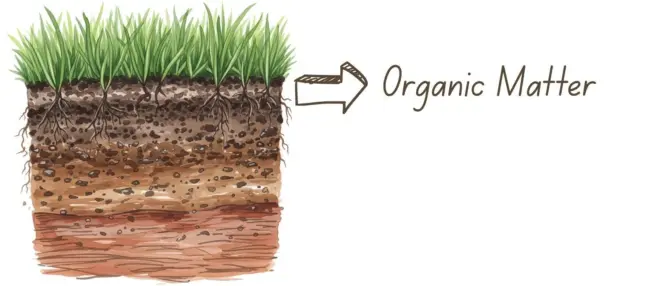
Thatch is also a layer of organic matter that has the same benefits as humus, but poor lawn care practices can quickly lead to excessive thatch, causing problems for your turf. Because of this, it is important to regularly scarify, brush, rake, and add top dressing to your lawn.